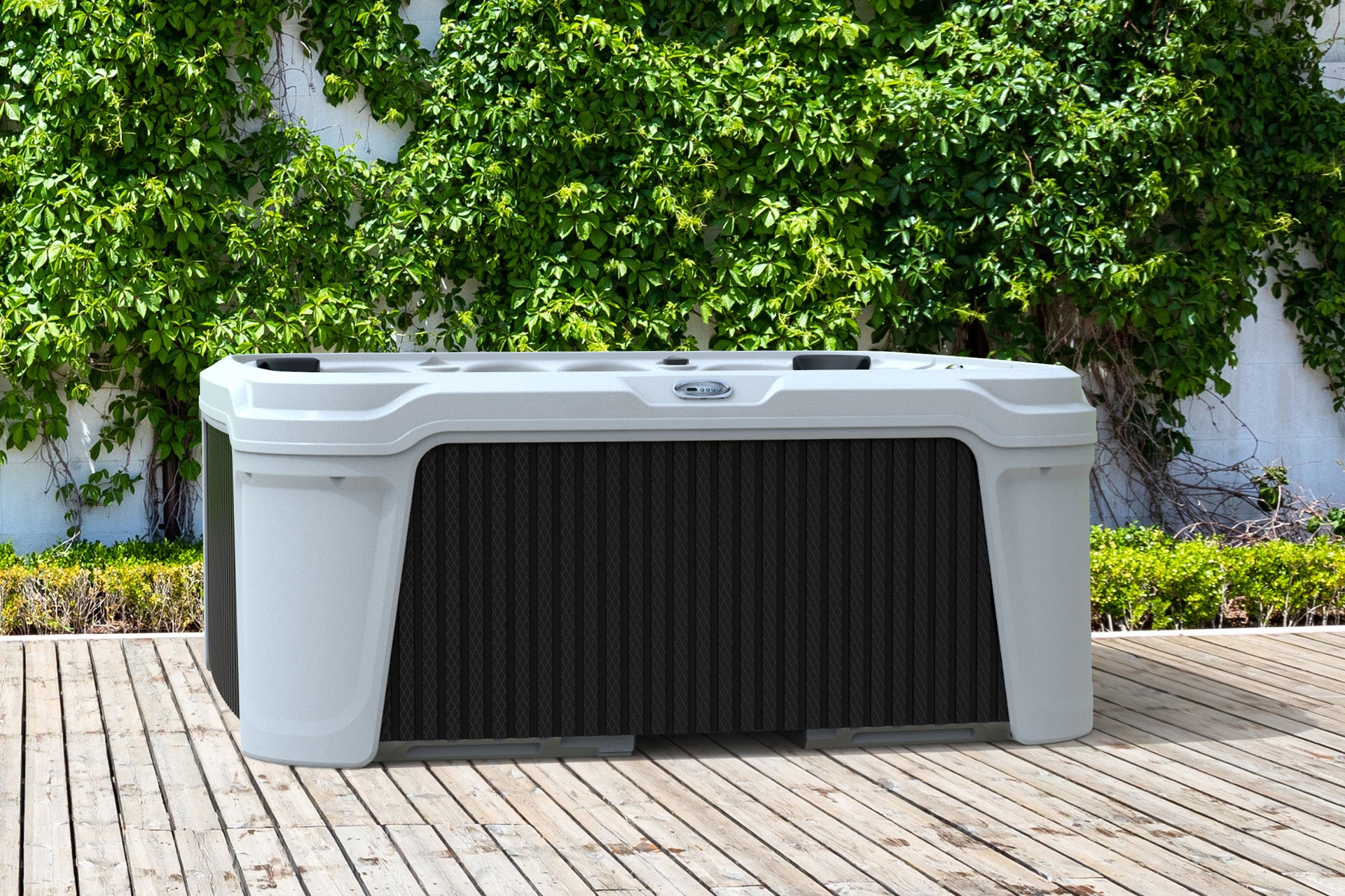When soaking up the relaxation that a new hot tub brings, the last thing you probably think about is the voltage powering those jets. However, making a choice between a 110V and a 220V model is an important decision that impacts several aspects of your hot tub experience.
Understanding the Voltage Difference
In simple terms, 110V is the standard household voltage in North America, powering your lights and most other appliances. 220V offers significantly more available power, often used for larger appliances like dryers and ovens. Let's break down what this means for choosing your hot tub.
Weather you select 110V or 220V the pump and jet performance is the same. The only thing that changes is the size of the heater from 1KW to 4KW
120V Hot Tubs (Plug and Play)
Pros
-
Convenience: The biggest draw. You plug them into a standard outlet, and you're ready to go. No electrician needed.
-
Portability: Easy to move around your yard if you decide to change locations.
-
Budget-friendly: Typically, less expensive upfront.
Cons
-
Limited Power: 110V hot tubs cannot simultaneously run the heater and the jets at full power.
-
Slower Heating: It will take longer to heat up your hot tub initially and to recover heat after use.
220V Hot Tubs
Pros
- Power: Run the heater and jets simultaneously at full capacity for a strong, uninterrupted hydrotherapy experience.
- Faster Heating: Heat up the water quicker and maintain the desired temperature more easily.
- Energy Efficiency: While the higher voltage sounds like it would use more power, the increased efficiency often means a lower energy bill overall.
Cons
-
Installation: Require professional installation by an electrician to run a dedicated 230V circuit.
-
Higher Upfront Cost: Initial purchase price and installation costs are generally higher.
The Best of Both Worlds: Convertible Hot Tubs
A great option for those unsure of their needs or wanting flexibility is a convertible hot tub. These start as a 110V plug-and-play but can be converted to a 230V setup later by an electrician if you find you want more power.
So, Which Voltage is Best for Your Hot Tub?
Here's a quick guide to help you decide:
Choose 110V if:
-
You want minimal setup hassle.
-
Budget is your primary concern.
-
You need portability.
Choose 230V if:
- Powerful jets and uninterrupted heating are important.
- Faster heat-up times matter to you.
- You're willing to invest in professional installation.
Don't Forget...
Regardless of voltage, always consider additional factors like size, jet configuration, and features before making your hot tub purchase. Do your research and, if possible, try hot tubs out in a showroom to see what feels best to you.



